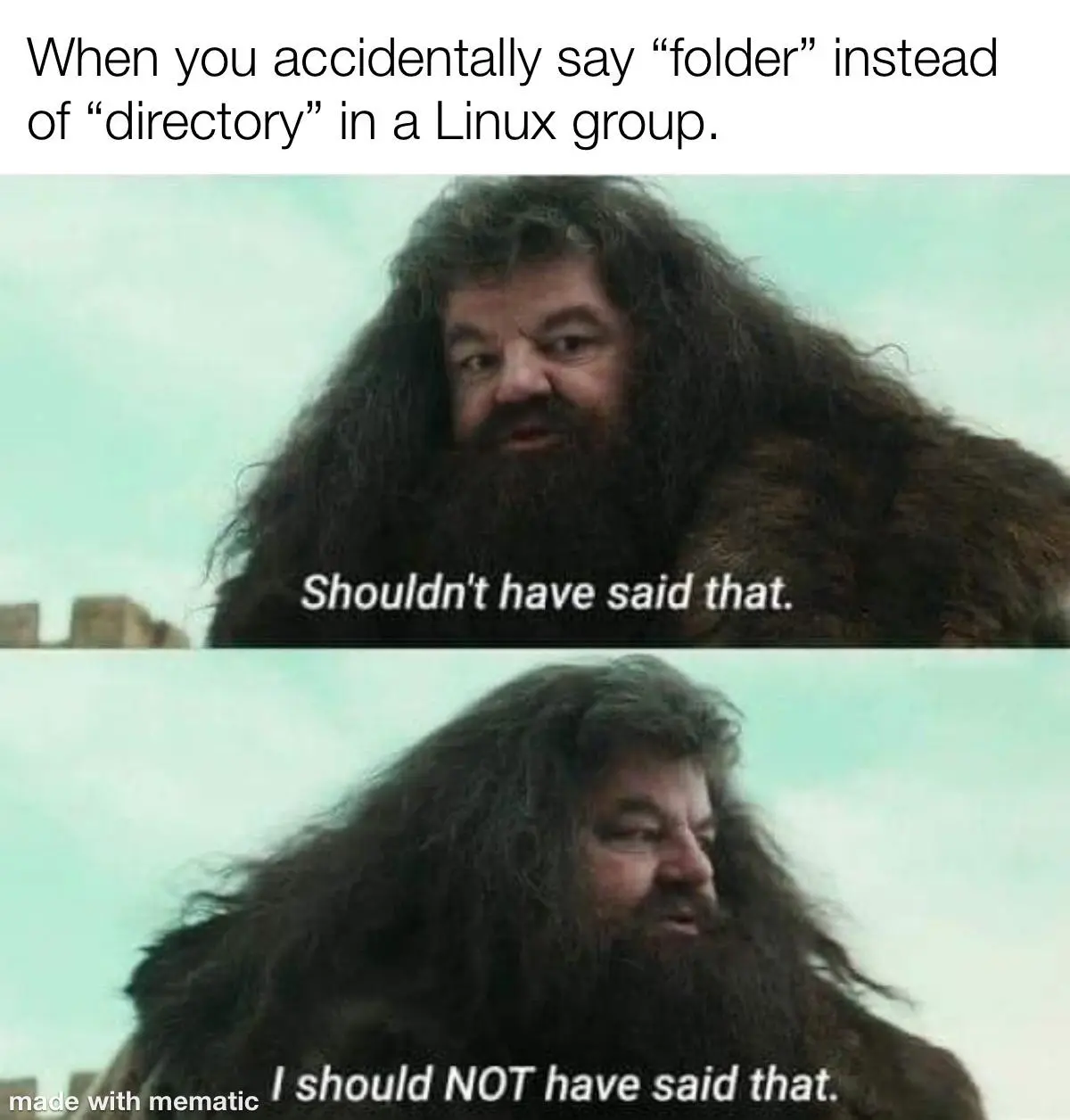Hey man, I think this is a perfectly valid question to ask here. Also I was one of the people who replied on the other thread as well.
So, let's start with the why. I imagine you want to have ~/Downloads be inside your large disk so files get automatically downloaded there, I imagine ~/Documents is to have access to the same documenta on both OSs. If that's not the why or there's something else let me know as I'll be basing my answer on this assumption.
Last time we told you about how you can mount things wherever you want to, I imagine by now you have an entry on your fstab that automatically mounts that NTFS drive somewhere. I'll call that somewhere /ntfs just to give it a name/path, but any other path should be the same.
If you wanted your ENTIRE NTFS partition to be on ~/Downloads it's as easy as changing that fstab entry from /ntfs to /home/gpstarman/Downloads (or whatever your username is). But I imagine you want something more complex, you want to have /ntfs/downloads and ~/Downloads to be the same directory.
Like you found out there are two ways to do this, the first and most easy one is to create a link. To do so graphically just open whatever file explorer you use right click and drag from one path to the other and you should have an option link here or something similar. Note that you might need to delete or rename your existing ~/Downloads folder to have the link be named that. If you wanted to do it by command line it's ln -s <target> <link name>, so in your hypothetical case ln -s /ntfs/downloads ~/Downloads
This should work for 99% of cases and honestly I don't think you should care too much about mounting. I'll reply to this comment with the steps for mounting and explaining why it's different just to be on the safe side.
